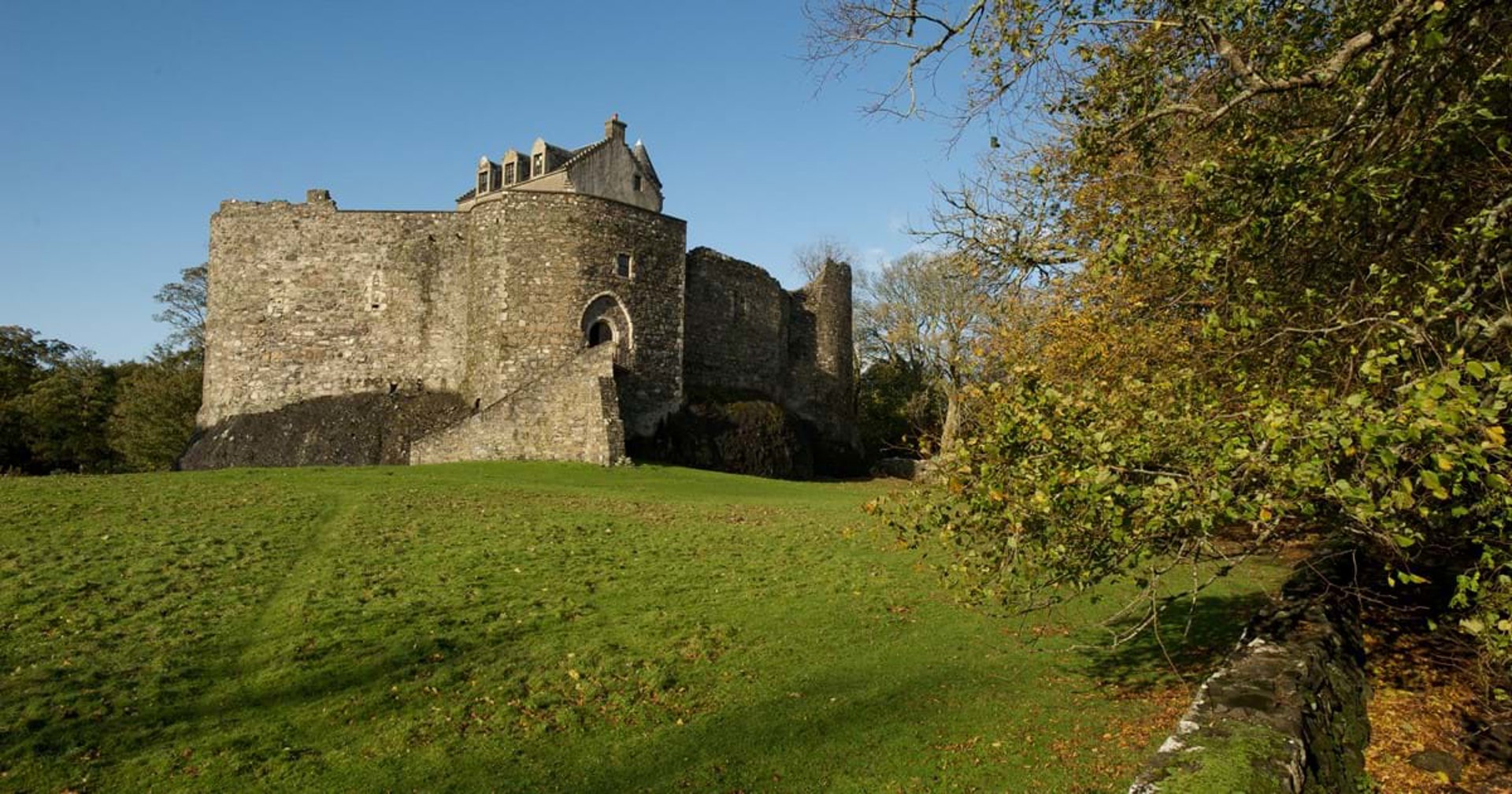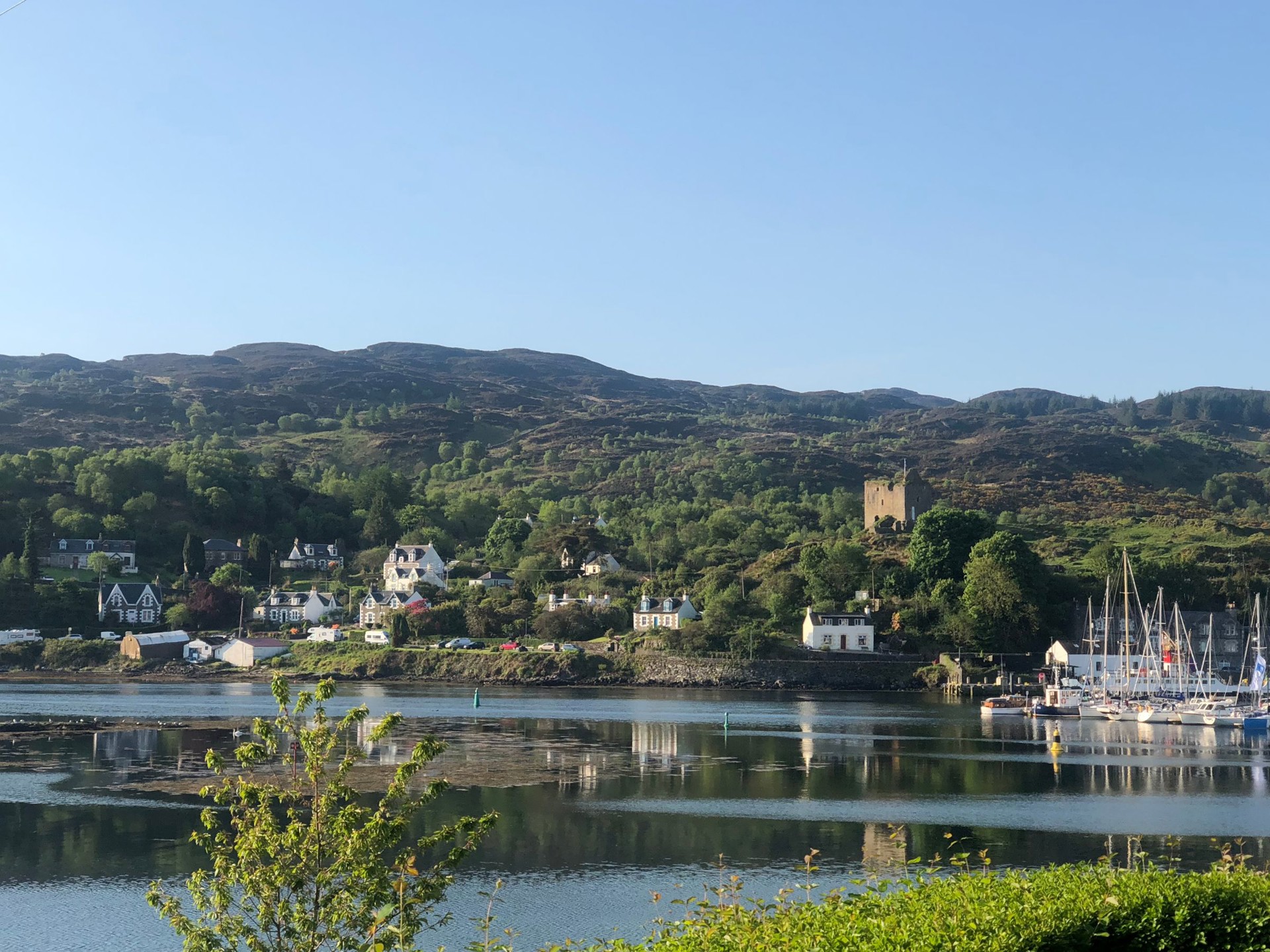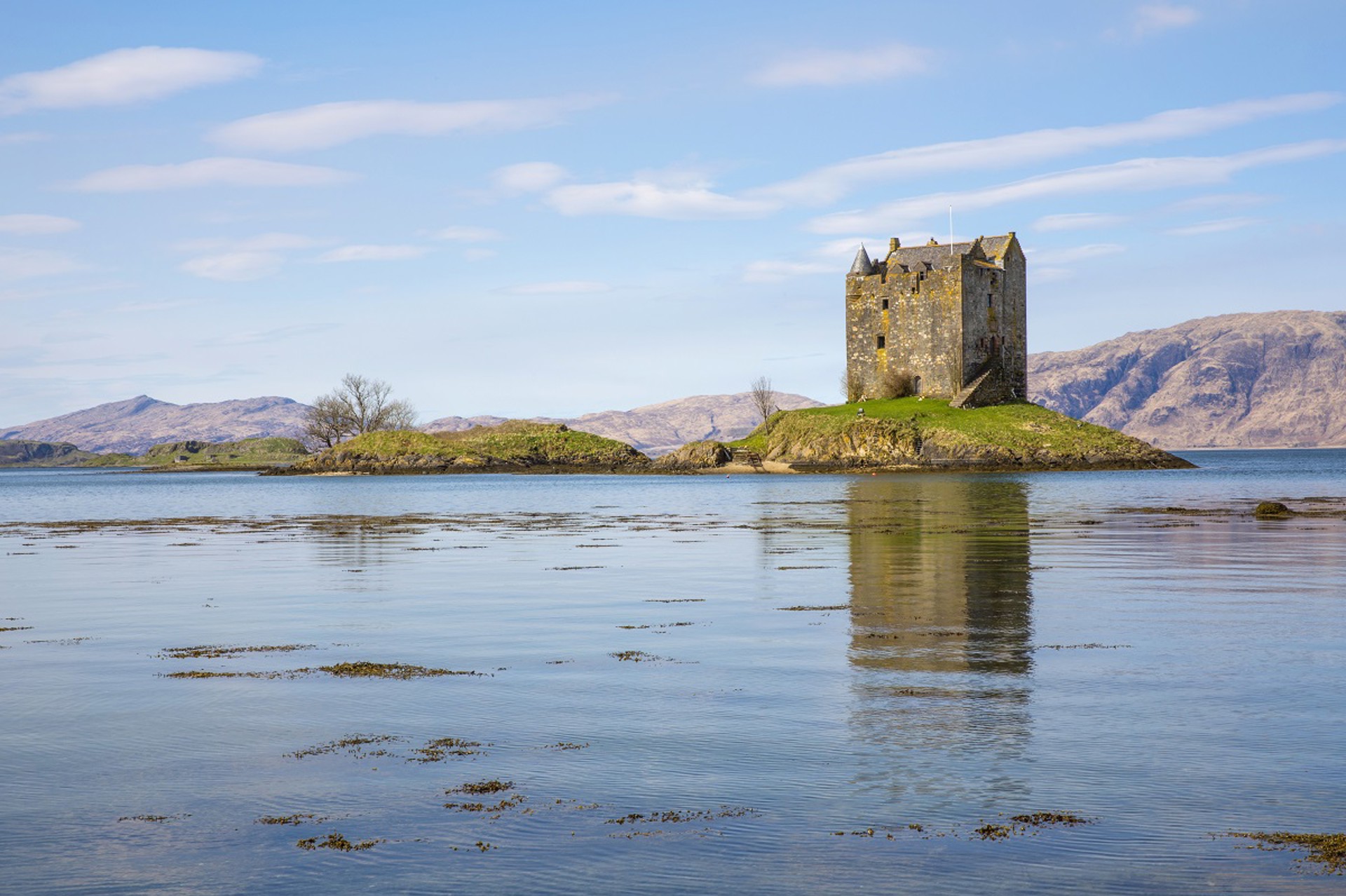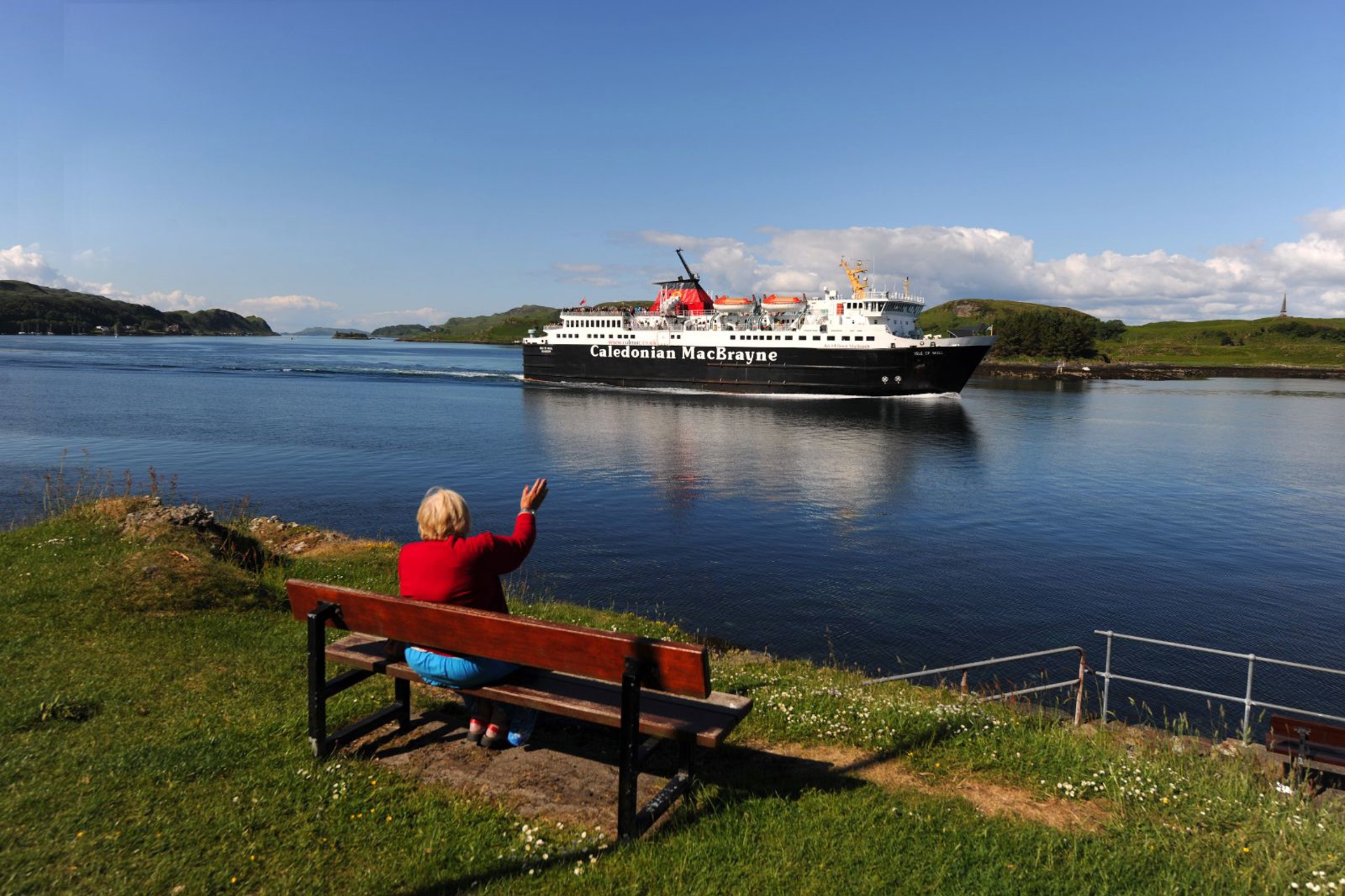History, hauntings & Hebridean domination: The story of Dunstaffnage Castle
Standing on top of a huge rocky outcrop three miles north of Oban, Dunstaffnage Castle is a sight to behold. This impressive fortification, one of the oldest Scottish stone castles of all, overlooks what was once the most important junction of the sea-lanes on the west coast. A mighty fortress, it commanded the seaward approach from the Firth of Lorn to the Pass of Brander – and thereby the heart of Scotland.
The History of Dunstaffnage Castle
The castle has a long and bloody history. It was built around 1220 by Duncan MacDougall, the son of Earl Somerled, known as the ‘King of the Isles’. These were troubled times, when Scotland and Norway were battling it out for control of the Hebrides. The castle reflects this violent past with its formidable curtain wall and arrow slits. The King of Scots won control of the region in 1266, but Dunstaffnage continued to see violent attacks and action during the Wars of Independence (1296–1356). It was famously besieged by Robert the Bruce in 1308 and remained a royal castle until it passed to the Campbell earls of Argyll in the 1460s. From then until the last Jacobite Rising in 1745–6, Dunstaffnage’s story is linked with the struggles by the Crown and the Campbells to control their unruly western subjects.
One of the castle’s most famous guests was Flora MacDonald who was imprisoned there in 1746 after helping Bonnie Prince Charlie escape from Scotland. Inside the courtyard you’ll find the remains of the great hall and the ‘new house.’ These 18th century residential compartments are believed to be where Flora was held. But the castle is not the whole story.
What's the name origin?
The name Dunstaffnage is derived from 'dun', gaelic for fort, and the Norse ‘staff-nis’, meaning headland. The strategic location means that there has been some form of defensive settlement on this spot since the beginning of the 7th century. It is believed that the Kings of Dalriada, who came to Argyll from Ireland, built a fort here. It’s even suggested that the Stone of Destiny was taken from Iona and briefly kept in Dunstaffnage as a safe haven before being transported to Scone Palace in 843.
Visiting Dunstaffnage Castle
A visit to Dunstaffnage Castle is an awe-inspiring experience. The sheer scale of the castle and its incredible location never fails to impress. It may also be a haunting experience! The castle’s ghost, "Ell-maid of Dunstaffnage", roams the castle ramparts dressed in green. Her appearance is said to be linked with events in the lives of the Campbell family who are the hereditary keepers of the castle. If she is smiling, good fortune is on its way; if she is crying, the Clan knows that trouble lies ahead.
Dunstaffnage Chapel
It’s well worth checking out Dunstaffnage Chapel as well. This 13-century ruin is just a short walk from the castle, tucked away among the trees. The remains suggest that it was originally highly decorated, with the interior divided into a chancel and a nave by a wooden screen. The castle itself is surrounded by woodland and grassy areas that sweep down to the shore of Dunstaffnage Bay. It’s a great spot for a picnic on a sunny day.
Surrounding Castles
There’s lots to see and do around Oban & Lorn, including more fabulous castles to visit! Don’t miss Dunollie Castle, which stands guard over Oban Bay. It’s superbly situated and an iconic monument to the history of the area. At the head of Loch Awe you’ll find Kilchurn Castle, a striking tower house built in the mid-15th century. Kilchurn was one of many castles erected by the powerful Campbells of Glenorchy, who controlled much of western Scotland in the late medieval period.



